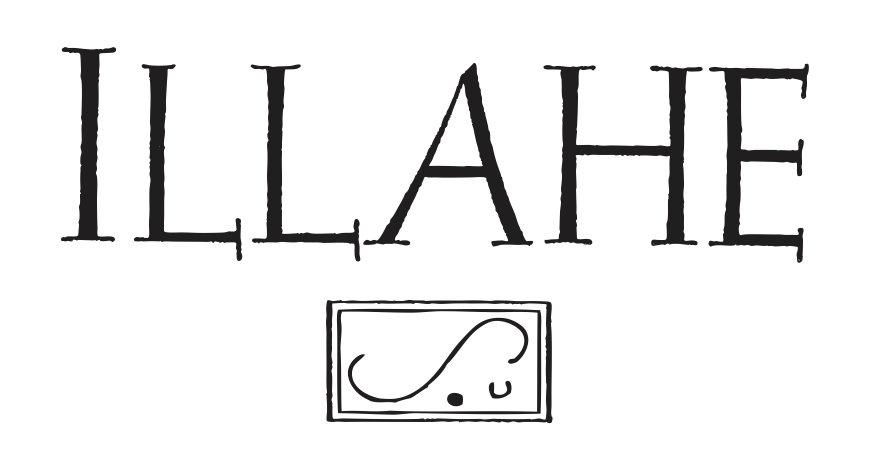Vineyards
Illahe’s main vineyard is on an 80-acre, south-facing slope that we first planted in 2000 with 22 acres of Pinot Noir. The vineyard now has 60 acres planted with seven varieties. Pinot noir accounts for 52 acres.
The Pauline Vineyard is 5 miles to the south of Illahe with 13 acres of mature pinot noir and two acres of young vines. Both the Pauline Vineyard bottling and the Stella bottling come from this fine site.
We also use estate fruit from Woodworth Vineyard on Mt. Pisgah a mile from the winery. It lies on Nekia soil, a deep volcanic soil from Siletz rock, and has pinot noir and chardonnay. Some of our fruit is located on the family vineyard on Glenn Creek in West Salem.
Illahe Vineyards is one of ten vineyards situated in the Mt Pisgah, Polk County, Oregon AVA. In this prime grape-growing region, the majority of our vineyard lies on marine sediments atop ancient Siletz rock. A new 80-acre site next to Illahe is in development.
Vineyard Site
Illahe Vineyard is planted on a south-facing slope. The slope ranges from about four percent near the bottom, to over 20 percent near the top. Elevation ranges from 250 feet to 440 feet.
Illahe is a warm site that experiences slightly earlier budbreak and flowering than many vineyards in the Willamette Valley. The southerly aspect of the vineyard and the moderate elevation mean that grapes will achieve maturity even in cooler vintages. Moreover, the vineyard has excellent drainage (which is good for the vines) and because we catch the Van Duzer winds, the vineyard cools in the evening, pacing the maturation of the grapes.
The soils at Illahe give the wine complexity. Their overall characteristic is Willakenzie-type sedimentary clay – specifically Bellpine, Wellsdale, Dupee, with patches of volcanic Jory.
Varieties and Clones
Pinot Noir: We grow six clones of Pinot Noir in various blocks (for the vine geeks, these are Dijon clones 777 and 115, 943, Pommard, Swan, and Wädenswil, which are all grafted to either 101-14 or 3309 rootstocks). These clones are the best match for our site and each carries a special aromatic tendency and composition that we want in our blends. We are also assembling a Selection Massale below the winery, a traditional way of propagating a vineyard that uses cuttings from old vines.
Pinot Gris: We have three different clones of Pinot Gris (VCR, 152, and 146). We also have one acre of Pinot Gris at the Glenn Creek vineyard.
Grüner Veltliner: This Austrian grape takes up an acre and a half at Illahe (one of Oregon's largest plantings). We got this clone from a Hungarian fighter pilot who defected to the west, bringing his love of Grüner with him to the United States.
Tempranillo: Our acre of Tempranillo is used to make a whole-cluster pressed rosé that we ferment in neutral oak.
Viognier: Our Viognier comes from our Glenn Creek Vineyard in West Salem and Goschie Farms in Silverton. The spectacular fruit we receive enables us to craft a thoroughly enjoyable, action-packed wine.
Schioppettino and Teroldego: Northern Italian varieties that make up four rows of our vineyard.
Viticultural practices
Illahe is a LIVE-certified, Salmon Safe vineyard. We use cover crops throughout the vineyard to benefit the soil and for biodiversity. As part of Oregon's Deep Roots Coalition, which promotes responsible water management, we do not irrigate mature plants. We do extensive green pruning and conduct plant topping. All pruning, as well as the harvesting, is done by hand. Sulfur spray is only used to control for powdery mildew and botrytis.
We aim for balance and optimal ripeness. This includes leaf pulling to decrease shade and dropping green clusters after the grapes ripen (veraison). One of our goals at Illahe is to reduce our reliance on fossil fuels – we have installed solar panels on our winery and use our two horses, Doc and Bea, to mow and to transport grapes to the winery.




